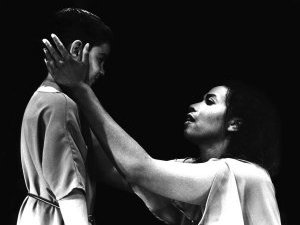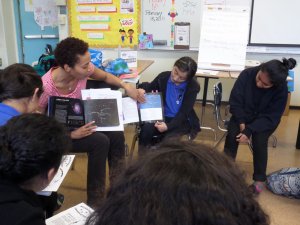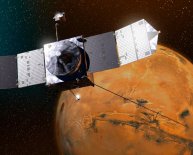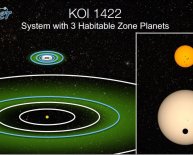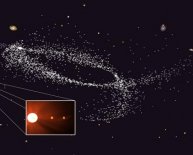
Background Astronomer
 Aomawa Shields is a woman of “contradictions.” An astronomer and astrobiologist, she searches for exoplanets where life might exist by using computer models to calculate the kind of atmosphere they’d need to support it. And she’s also a classically trained actor, who — through her organization Rising Stargirls — teaches astronomy to middle school girls of color using theater, writing and visual art to spark their imaginations.
Aomawa Shields is a woman of “contradictions.” An astronomer and astrobiologist, she searches for exoplanets where life might exist by using computer models to calculate the kind of atmosphere they’d need to support it. And she’s also a classically trained actor, who — through her organization Rising Stargirls — teaches astronomy to middle school girls of color using theater, writing and visual art to spark their imaginations.
She talks to the TED Blog about how the threads of her life — scientist, actor, role model and educator — weave together into a unique whole.
“Astrobiology” is a new word to me. What does it mean?
 Astrobiology is the study of the origin, evolution, distribution and future of life in the universe. It’s a huge topic. Astrobiologists come from all different primary fields — I have an astronomy background, but there are also geologists who become astrobiologists as well as oceanographers, chemists and biologists. We’re all working together to answer the question: “Are we alone in the universe?” And also: “How do we go about answering that question?”
Astrobiology is the study of the origin, evolution, distribution and future of life in the universe. It’s a huge topic. Astrobiologists come from all different primary fields — I have an astronomy background, but there are also geologists who become astrobiologists as well as oceanographers, chemists and biologists. We’re all working together to answer the question: “Are we alone in the universe?” And also: “How do we go about answering that question?”
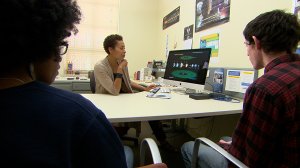 Some of these experts focus on the origin of life: How did life even get started on our planet? Others think about metabolism: How does life evolve, use its energy and carry out the reactions that it needs to feed, grow, reproduce and respond to its environment? Are there different kinds of metabolisms besides what we know here on Earth that life could use? It’s important to ask that question, because we don’t want to miss out on discovering life because it uses different chemical processes from life as we know it, or because it is not carbon-based, or because it uses something besides water to carry out molecular processes.
Some of these experts focus on the origin of life: How did life even get started on our planet? Others think about metabolism: How does life evolve, use its energy and carry out the reactions that it needs to feed, grow, reproduce and respond to its environment? Are there different kinds of metabolisms besides what we know here on Earth that life could use? It’s important to ask that question, because we don’t want to miss out on discovering life because it uses different chemical processes from life as we know it, or because it is not carbon-based, or because it uses something besides water to carry out molecular processes.
